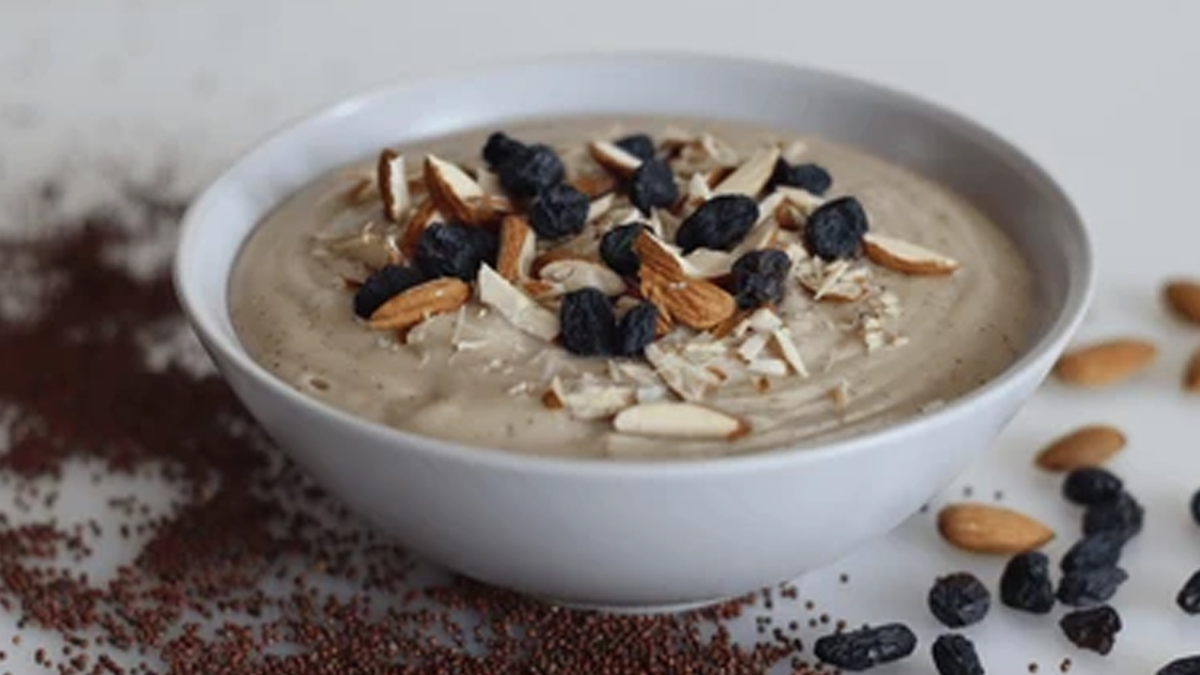Ragi Can Help Manage Period Pain: Here Are Its Benefits and How to Eat It
Have you ever found yourself curled up with a heating pad, dreading the relentless cramps that come with your period? You may be familiar with the exhausting, disrupting your routine and leaving you searching for relief. While painkillers and home remedies like hot water bottles help, did you know that your diet can also play a role in easing discomfort? One such natural solution is ragi, also known as finger millet. It is packed with essential nutrients and can help alleviate period pain and promote better menstrual health.

A calcium deficiency can lead to more intense menstrual cramps. Ragi is an excellent plant-based source of calcium, helping to maintain muscle health and ease cramps. It also has magnesium, which has been found to alleviate period pain by relaxing the muscles and decreasing prostaglandin levels, hormones that cause cramps.
Excessive menstrual bleeding causes iron deficiency leading to fatigue, dizziness, and weakness. Ragi is naturally rich in iron and, therefore, can be an ideal food for females who lose blood excessively during periods. Consuming ragi can help maintain healthy haemoglobin levels and reduce menstrual fatigue.

Most women suffer from bloating and digestive uneasiness before and during menstruation. Ragi contains a lot of dietary fibre, which ensures a healthy digestive system by preventing constipation and reducing bloating. A high-fibre diet also helps to regulate blood sugar levels, preventing the sudden dips in energy that normally occur during menstruation.
Ragi contains a high content of phytoestrogens, plant substances that mimic oestrogen in the body. These chemicals control menstrual cycles and calm PMS symptoms like mood swings, irritability, and breast tenderness.
Tryptophan, an amino acid present in ragi, facilitates the production of serotonin; a neurotransmitter that relaxes and also improves mood. This can especially help women with stress, anxiety, and mood swings during periods.

One of the simplest methods to eat ragi is by preparing a warm porridge. Here's how:
Ragi rotis are gluten-free and can be a great alternative to wheat rotis, especially for those with gluten sensitivity.
If you prefer a quick and refreshing option, try a ragi smoothie:
[ This article contains information for informational purposes only. Hence, we advise you to consult your professional if you are dealing with any health issue to avoid complications.]










